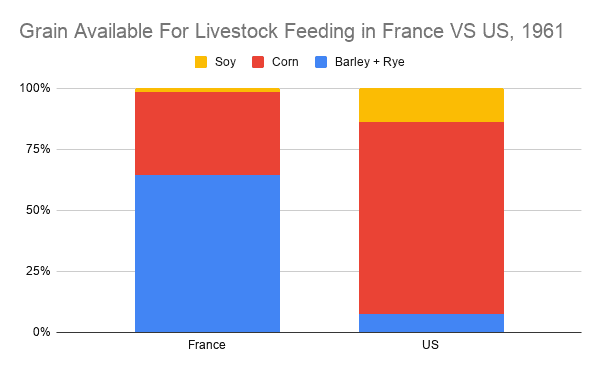marcuswhybrow
Member
I'd assumed that if a cow was grass-fed and raised organically that the PUFA in it's milk would be lower than that of a grain-fed, inorganic cow. Kate Deering's book How To Heal Your Metabolism also recommends organic, grass-fed cows milk. However, every study I can find on the differences between conventional and grass-fed milk suggests that PUFA is increased with more grass-feeding. This 2011 study in the northeast of England typifies what I'm seeing.
Organic milk, they say, contained "significantly higher concentrations of LA (15%), CLA9 (32%), α-LN (57%), EPA (62%), n-3 (60%), n-6 (12%), and total PUFA (24%)" when compared with conventional milk. They're talking as a proportion of total fat, but I think the total fat amount is equal.
What do they mean by organic? Well, here they equate greater grazing-based diets with greater PUFA profiles: "feeding conserved forage reduces the concentrations of nutritionally desirable PUFA (including CLA and α-LN) in milk fat and increases SFA concentrations (Elgersma et al., 2003). This results in seasonal variation in the fatty acid profile in milk from UK dairy systems, which tend to use grazing-based diets during the summer and ensiled forage diets during the indoor winter period (Lock and Garnsworthy, 2003). Farm surveys report that milk collected during the grazing period has higher concentrations of PUFA, including CLA9 and α-LN, compared with milk produced during the housed period when cows were fed silage-based diets."
I'm going to try and figure this out, perhaps there's a reason I'm missing. Does anyone know why grass-fed, organic milk is considered low PUFA?
Organic milk, they say, contained "significantly higher concentrations of LA (15%), CLA9 (32%), α-LN (57%), EPA (62%), n-3 (60%), n-6 (12%), and total PUFA (24%)" when compared with conventional milk. They're talking as a proportion of total fat, but I think the total fat amount is equal.
What do they mean by organic? Well, here they equate greater grazing-based diets with greater PUFA profiles: "feeding conserved forage reduces the concentrations of nutritionally desirable PUFA (including CLA and α-LN) in milk fat and increases SFA concentrations (Elgersma et al., 2003). This results in seasonal variation in the fatty acid profile in milk from UK dairy systems, which tend to use grazing-based diets during the summer and ensiled forage diets during the indoor winter period (Lock and Garnsworthy, 2003). Farm surveys report that milk collected during the grazing period has higher concentrations of PUFA, including CLA9 and α-LN, compared with milk produced during the housed period when cows were fed silage-based diets."
I'm going to try and figure this out, perhaps there's a reason I'm missing. Does anyone know why grass-fed, organic milk is considered low PUFA?


